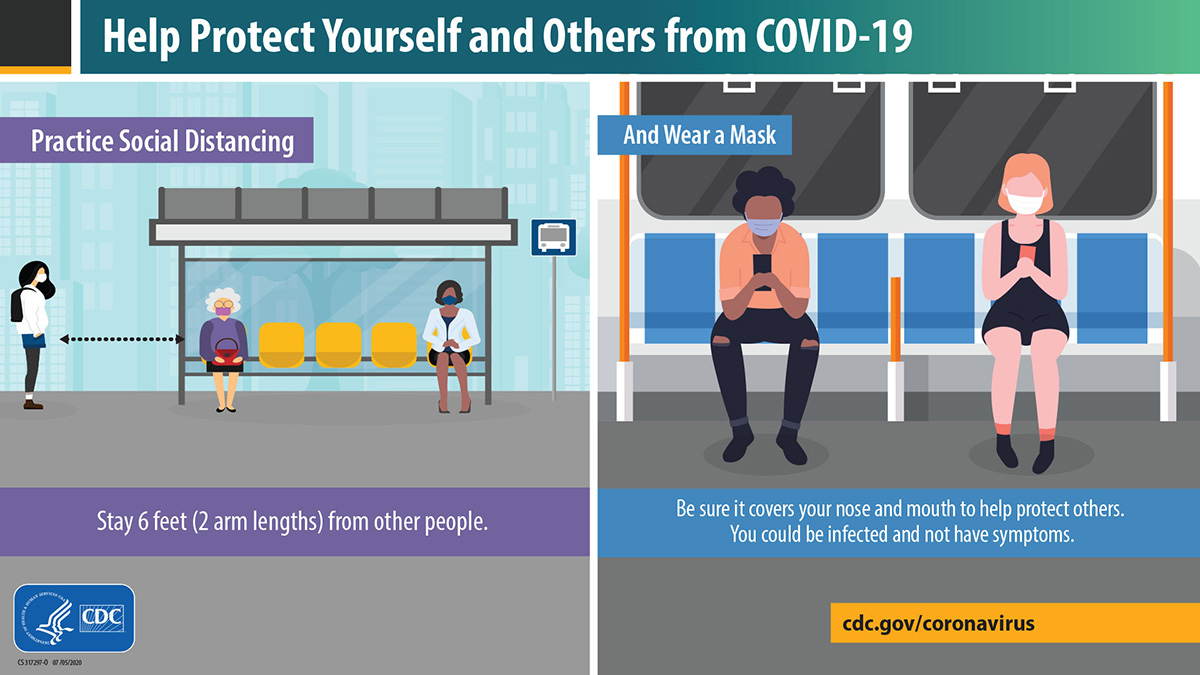TRACE-STL
A computational simulation model to help determine how the COVID-19 pandemic can be effectively contained in St. Louis

The City of St. Louis Department of Health worked with a team from the Brookings Institution Center on Social Dynamics and Policy and Washington University in St. Louis on a computational simulation model to help determine how the COVID-19 pandemic can be effectively contained in St. Louis over the coming six months. The project is called “TRACE-STL” (Testing Responses through Agent-based Computational Epidemiology in St. Louis). Read a more detailed summary on the Brookings Institution website.
The spread of new highly contagious SARS-Cov-2 variants, the pace of the roll-out of effective vaccines, and available resources for other, simultaneous control efforts like adherence to public health mitigation measures (e.g. mask mandates, social distancing and avoiding big crowds) are important factors that will determine how quickly the pandemic will end. The aim of the modeling project was to adapt and extend an existing nationally-representative simulation to the City of St. Louis and St Louis metro area to rapidly answer questions about how policies and practices implemented by the City of St. Louis Department of Health and neighboring jurisdictions can minimize cases of COVID-19 in the coming months. The project developed a highly realistic simulation model that uses a “synthetic” population representing the entire St. Louis metro region, including the consideration of individual attributes (e.g. age) and where residents live or work. It also includes all the latest science and data on the properties of the SARS-Cov-2 virus and how it spreads.
The project conducted approximately 50,000 simulations that exhaustively explored a wide range of policy choices and potential epidemiological conditions. Overall, analysis using the model found that current control measures already in place in St. Louis were effective. It also projected the mitigation efforts would continue to be effective unless underlying conditions change (for example, if a new and more infectious variant of SARS-Cov2 becomes widespread in St. Louis or via prematurely relaxed testing and social distancing measures). The analysis found that if new variants become widespread, additional control measures will likely be needed—and the model identified multiple specific policy options for the Department of Health that would be expected to be effective in this circumstance.
One of the most important findings from the simulation model was the continued importance of widespread use of well-fitted facemasks by the general public in the coming months. The simulations showed if a high percentage of the population wears a facial covering properly and routinely when outside their homes, the impact of any newly contagious variants would be largely contained.

Learn more about face masks from the Centers for Disease Control and Prevention.
More Information
- 2/24/2025: Fixed rate in table to reflect Missouri population; Created toggle for date ranges.
- 2/13/2025: Updated hospitalizations to only include Missouri data; Added date range picker for hospitalizations; Added % of Hospitals Reporting to chart tooltip; Updated hospitalizations description; Current Status moved to top, shows total reported cases split into number of confirmed and probable cases; Removed Community Level section as the metrics are used no longer used by CDC in that way.
- 10/24/2023: Removed positivity rate and new hospitalizations from current status section; Removed totals by specimin collection Date section; Removed cases by zip code tabulated area; Removed demographic case and death data; Added new hospital admissions by date; Added wastewater concentration levels; Added variant proportions based on genomic sequencing; Added variant trends; Removed legacy vaccination section; Updated about section.
Help Us Improve This Page
Did you notice an error? Is there information that you expected to find on this page, but didn't? Let us know below, and we'll work on it.
Feedback is anonymous.